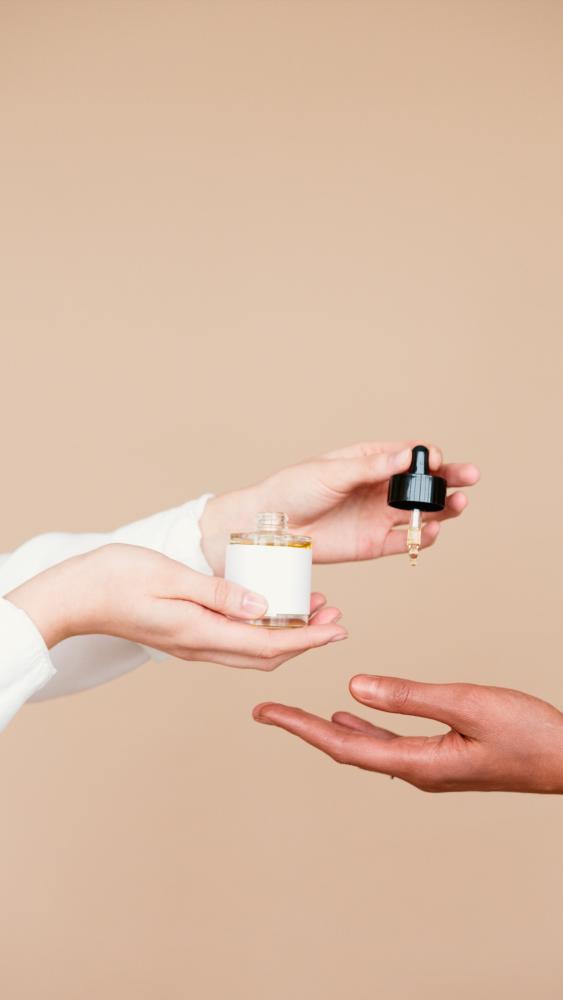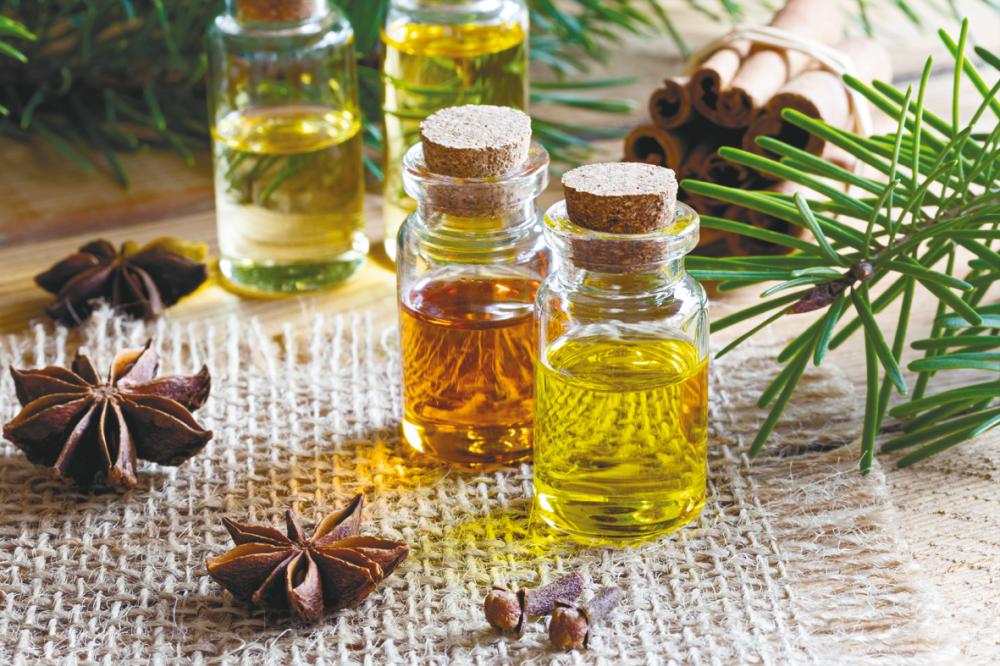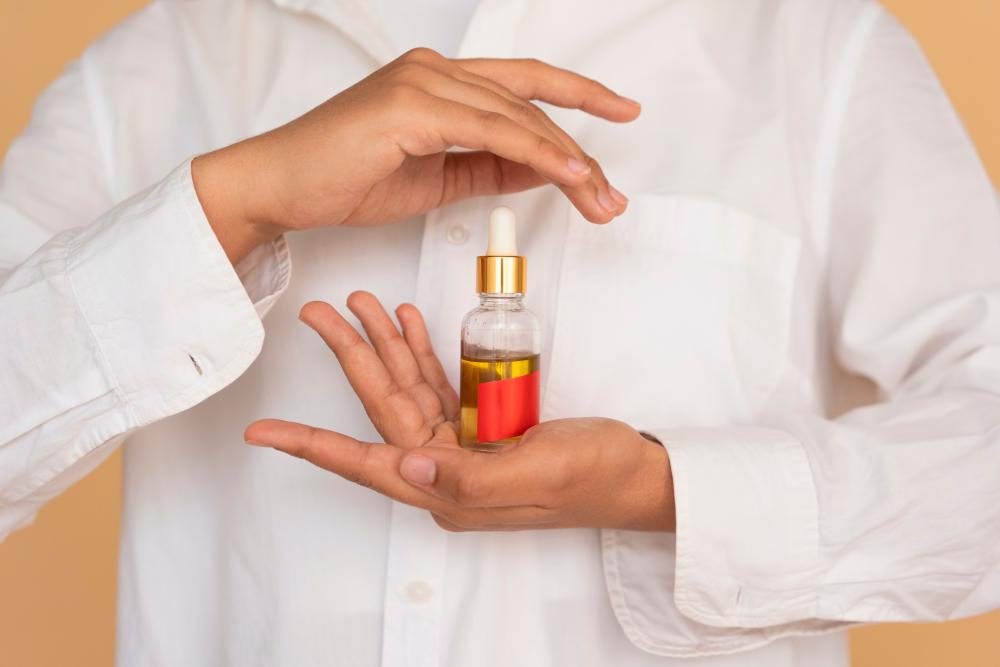The use of essential oils can be traced back to ancient times when it was used in a medicinal capacity, as well as to make perfumes.
Currently, essential oils are going through a resurgence, and are fast becoming a popular natural remedy in these uncertain times.
Most of us have been using essential oils in our daily lives without fully realising it. Often, we’ve used plant-based essential oils such as lavender, peppermint, eucalyptus and bergamot for aromatherapy.
These essential oils can be found in our favourite scented candles, soaps and massage oils, too.
If you love incorporating the use of essential oils in your daily life, here are the different ways you can start using them safely.
Aromatherapy: Through smell
The most basic way to enjoy using essential oils is through aromatherapy. You can apply a drop of your favourite essential oil on your wrists and inhale the wondrous scent. The essential oil can be used as a personal fragrance too.
For a more understated way to enjoy the scents of essential oil, light a scented candle in the room for a few minutes or diffuse a few drops of oil in an essential oil diffuser.
Some prefer to have small wax melts or wax tablets to be used to scent their wardrobe or suitcase. Essential oils can also be mixed with water in a spray bottle and be misted over furniture and linens for a light scent.
Topical: Apply on the skin

The topical application of essential oils allows oil to absorb into the skin. Essential oils work well as massage oils too. A light massage using the oil can help increase the blood flow to the massaged areas.
To increase absorption, mix a drop of essential oil with three drops of a carrier oil, such as coconut oil. Using a carrier oil helps to increase absorption in dry, flaky skin, and decreases the likelihood of skin sensitivity.
Using lotions and moisturisers with essential oils is another good option. You can add a drop of essential oil to mix with your favourite moisturiser as well.
Often, lotions and moisturisers with essential oils are used as medicines. For example, moisturisers and lotions with tea tree oil are used to help combat acne and treat insect bites, and as an antiseptic for minor cuts and scrapes.
Another topical way to enjoy the benefits of essential oils is to add a few drops to a warm bath.
You can also make a hot or cold compress by soaking a towel in water and adding essential oils before applying the infused towel to the desired area.
Despite the many uses of essential oil, some people may be allergic to certain oils. As a precaution, it’s always better to start with a low dose (1-2 drops) for any essential oil and leave it for a day.
You may increase the dosage, but only when you are sure that you have not had a bad reaction to earlier doses.
Ingestion: Swallowing the oil droplets
While some essential oils can be ingested, they must be taken with lots of caution. Essential oils can be ingested by adding a few drops of oil to a glass of water, putting a drop under your tongue, or swallowing a health supplement capsule.
A few drops of essential oil can also be used while cooking meals to replace herbs and spices.
However, it’s exceedingly important to check which essential oils are safe to be ingested. Not all essential oils are safe to be consumed, and can cause accidental poisoning when swallowed.
Always check the labels and with the manufacturer whether the essential oils sold to you are safe to be ingested. Last but not least, take note of the potency and start with very low doses.
Regardless, there are some essential oils which you should never ingest – ever – such as cedarwood, cypress, eucalyptus, white fir, wintergreen, birch and arborvitae.
If you believe you have accidentally taken in the wrong essential oil, quickly rinse your mouth with water and visit the doctor immediately.
Other precautions

As a general rule of thumb, avoid putting essential oils near sensitive areas such as the eyes, and the skin around it, inner ears and broken or injured skin.
This is because no two essential oils are made the same and can have different potencies.
Due to different levels of potency and chemical composition, it’s also best to avoid using hot oils on the face.
Can’t find the essential oil scent you like? Here’s how to make your own essential oil and the different oil blends to try. You can also make your own reed diffuser to lightly scent the home.
This article was first published in theSun Buzz Essential Oil Aromatherapy edition













